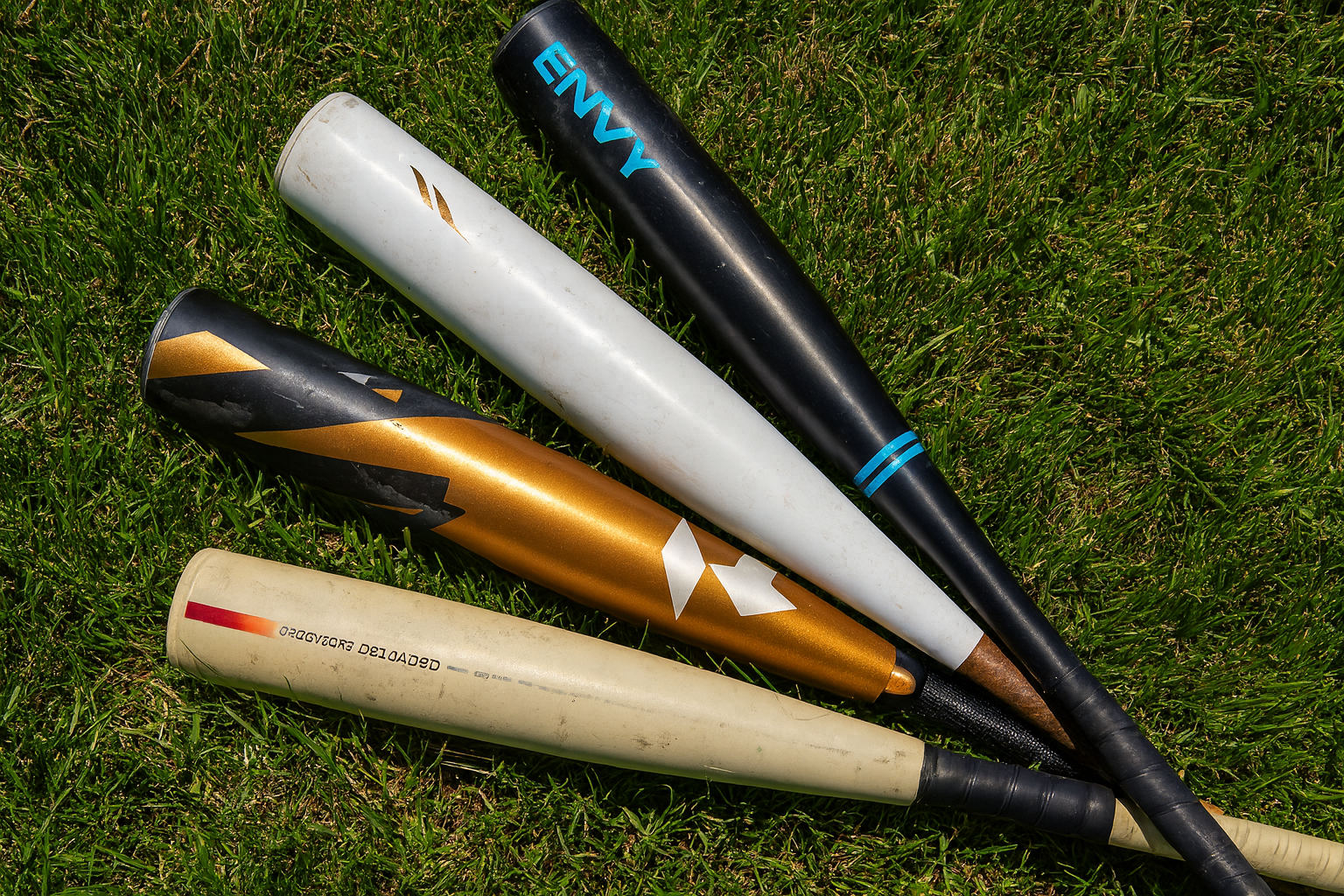One of the most overlooked but stressful parts of travel baseball is making sure your child’s equipment is legal for every tournament. Rules for bats and cleats can vary depending on age group, league, and sanctioning body. Showing up with the wrong bat or cleats can mean a last-minute scramble, a wasted purchase, or even your player being disqualified. Fortunately, with a little preparation, you can avoid these headaches.
Start with the tournament’s governing body. Different organizations—such as USSSA, USA Baseball, Little League, or Perfect Game—often have unique equipment standards. Before each season, check your team’s schedule and identify which sanctioning body governs each event. Most tournament websites list equipment rules in advance, and many even link to approved bat lists. Keeping a copy of these rules in your bag or bookmarked on your phone can save a lot of stress.
For bats, certification stamps matter. Younger players (typically ages 8–12) may be required to use USA Baseball certified bats, which carry the “USA Bat” logo. Travel programs in other divisions often follow USSSA standards, where bats carry a 1.15 BPF stamp. For older players (generally 13 and up), tournaments often require BBCOR-certified bats (-3 drop weight), which are the same used in high school and college. Always check the barrel of the bat for the proper stamp before buying or packing it.
It’s also important to know bat restrictions by barrel size and drop weight. For example, a 2 5/8” barrel may be legal in one league but banned in another. Likewise, a -10 bat might be fine for 12U but illegal once your child moves up to 14U. To avoid costly mistakes, match the bat specs to the player’s age group and confirm with your coach before purchasing.
Cleats have their own rules. Younger divisions (12U and below) typically allow only molded rubber cleats for safety. As players enter middle school and high school levels, metal cleats often become legal, but some tournaments still restrict them—especially on turf fields or indoor facilities. Many complexes with artificial turf ban metal spikes entirely to protect the surface. If your team plays on a mix of fields, it’s smart to own both molded and metal cleats. Coaches often advise players which pair to bring based on the venue.
Communication with your coach is key. Coaches usually receive rule packets from tournament directors ahead of time. Asking your coach to clarify bat and cleat rules before the season starts—and again before major events—ensures you don’t miss an update. Some tournaments even conduct bat checks at check-in, where illegal bats are tagged and pulled from play. Showing up prepared avoids embarrassment and delays.
Have a backup plan. Even with the best preparation, mistakes happen. Keeping an extra pair of molded cleats in the bag or a second approved bat can be a lifesaver. Teams often carry an extra team bat for emergencies, which is helpful for families who don’t want to purchase multiple high-end bats.
In short, ensuring your child’s bat and cleats are legal requires a mix of research, communication, and preparation. By checking rules early, understanding certification standards, and keeping backups ready, you eliminate unnecessary stress and let your player focus on what matters most—competing on the field.

